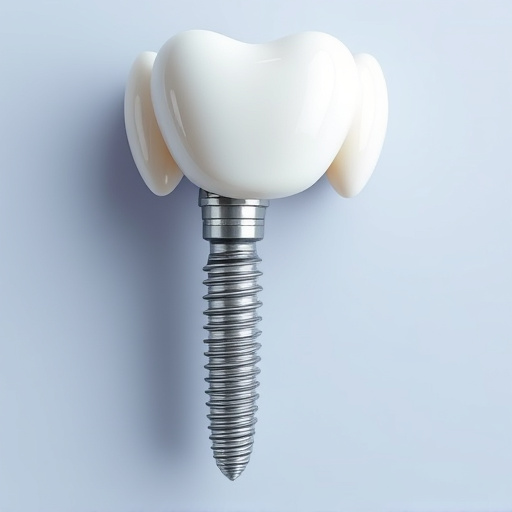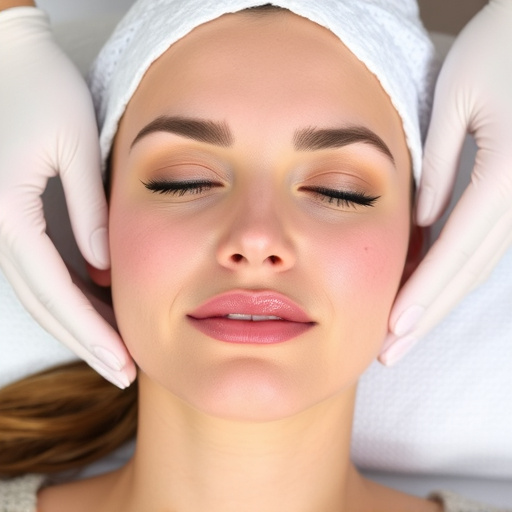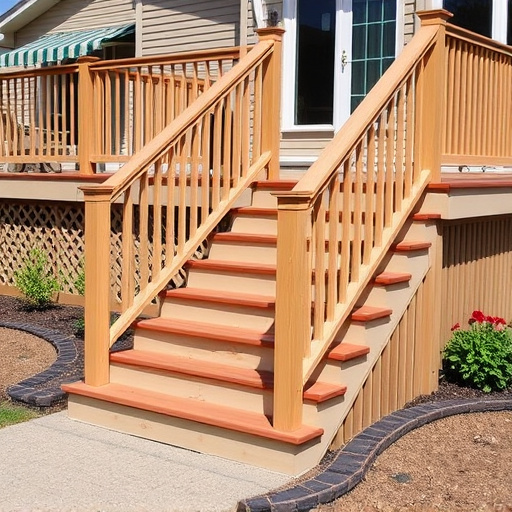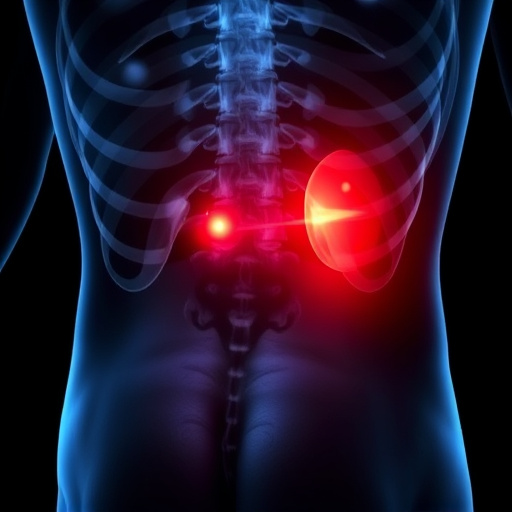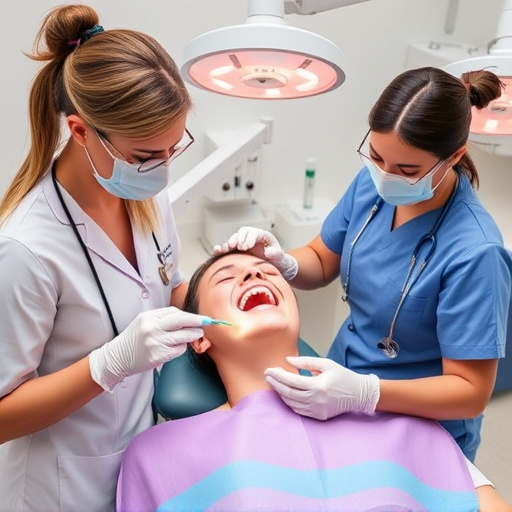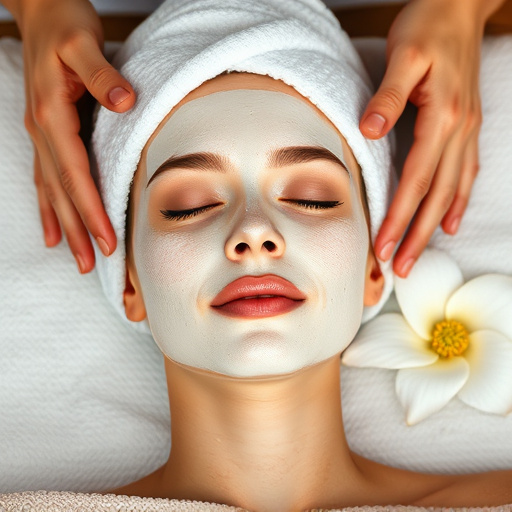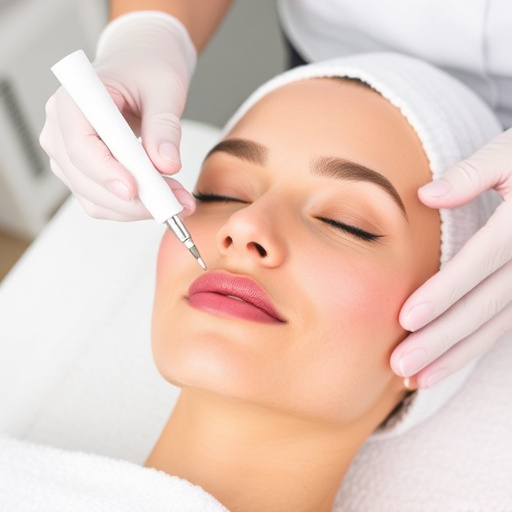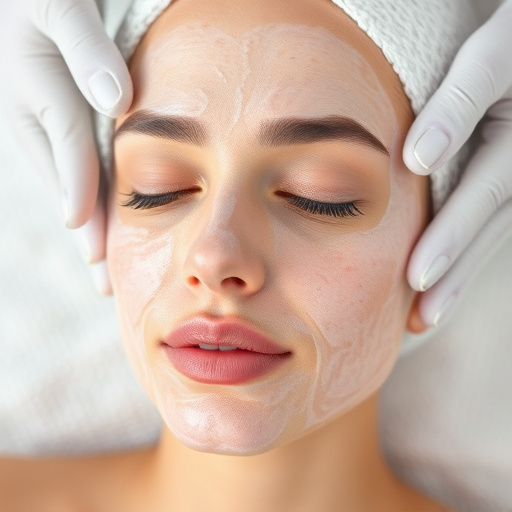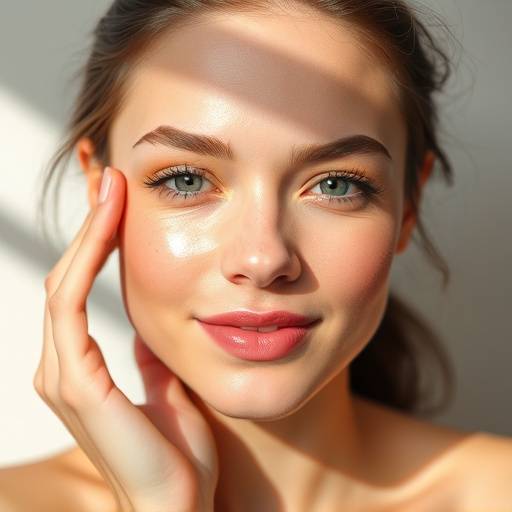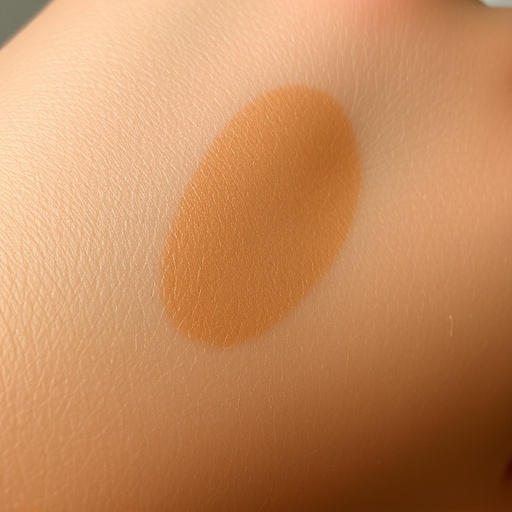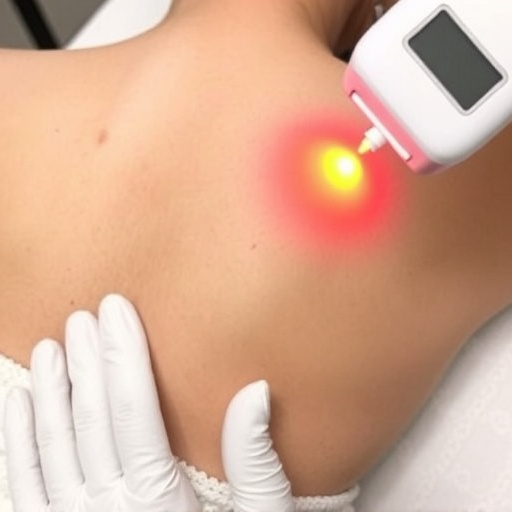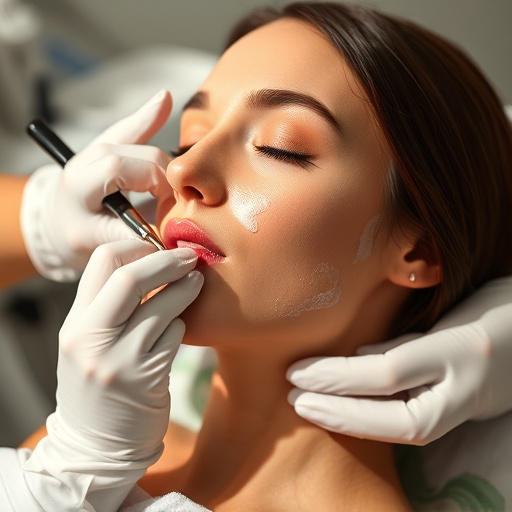Age spots, caused by sun exposure and melanin overproduction, can be effectively addressed through various dermatological techniques. Understanding UV radiation's impact on melanocytes is key to selecting informed skincare routines and professional treatments like topical ingredients, laser therapies, or combined anti-aging solutions. Over-the-counter creams, serums (e.g., vitamin C, retinol, hydroquinone), chemical peels, microdermabrasion, laser hair removal, and hydrating facials significantly improve skin texture and complexion. Preventive measures include daily broad-spectrum SPF 30 sunscreen, regular facials, retinol or vitamin C routines, hydration, balanced diet, and good skin hygiene to promote holistic healthy aging and reduce future age spot removal needs.
“Uncover effective strategies for achieving advanced age spot removal with expert dermatological guidance. This comprehensive guide delves into the science behind age spots, exploring their causes and offering tailored solutions. From powerful topical treatments to innovative techniques approved by leading dermatologists, we provide a step-by-step approach to fading age spots. Additionally, discover preventative measures to promote healthy skin aging, ensuring a youthful complexion. Embrace the latest advancements in age spot removal and reclaim your radiant skin.”
- Understanding Age Spots and Their Causes
- Topical Treatments and Dermatologist-Approved Techniques
- Preventative Measures and Healthy Skin Aging
Understanding Age Spots and Their Causes
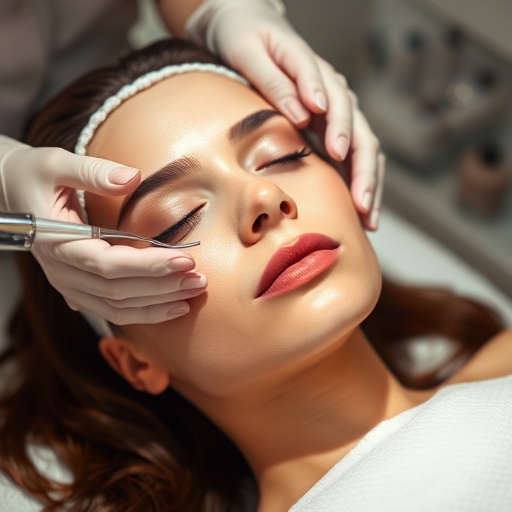
Age spots, also known as sunspots or lentigines, are a common skin concern that develops as we age. These discolored patches on the skin’s surface are primarily caused by prolonged exposure to ultraviolet (UV) radiation from the sun. Over time, UV rays penetrate the skin, stimulating melanocytes—the cells responsible for producing melanin, which gives our skin its color. As a result, an excess of melanin is produced in certain areas, leading to the formation of age spots.
While they are often considered a sign of aging, age spot removal has become a significant focus in dermatology. Dermatologists recommend various advanced techniques to address these skin changes effectively. From topical treatments with specific active ingredients to targeted laser therapies, there are multiple options available today. Understanding the causes is the first step towards effective age spot removal, ensuring individuals can make informed decisions about their anti-aging skincare routines and consult professionals for suitable age spot removal solutions, alongside other anti-aging treatments and even acne treatments or laser hair removal, as needed.
Topical Treatments and Dermatologist-Approved Techniques
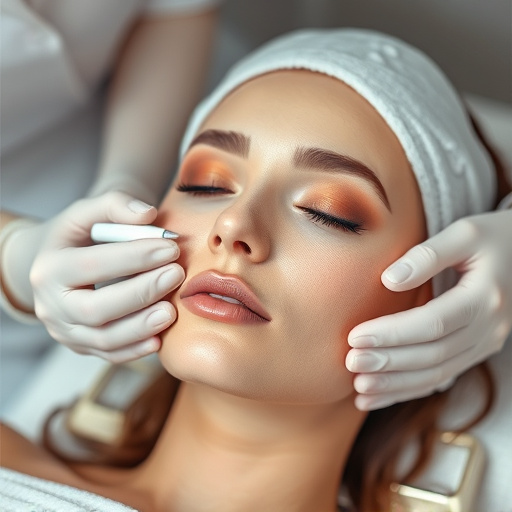
When it comes to advanced age spot removal, topical treatments and dermatologist-approved techniques play a pivotal role in achieving youthful-looking skin. Many over-the-counter creams and serums are now formulated with powerful ingredients like vitamin C, retinol, and hydroquinone, which have proven effective in lightening age spots and reducing their appearance. These topicals work by stimulating collagen production, inhibiting melanin synthesis, and exfoliating dead skin cells.
In addition to topical treatments, dermatologists often recommend aesthetic procedures such as chemical peels, microdermabrasion, and even laser hair removal for more persistent age spots. Hydrating facials are also gaining popularity due to their ability to nourish the skin while addressing specific concerns like hyperpigmentation. These non-invasive procedures offer targeted solutions, helping to smoothen out fine lines, improve skin texture, and enhance overall complexion, ultimately contributing to effective age spot removal.
Preventative Measures and Healthy Skin Aging
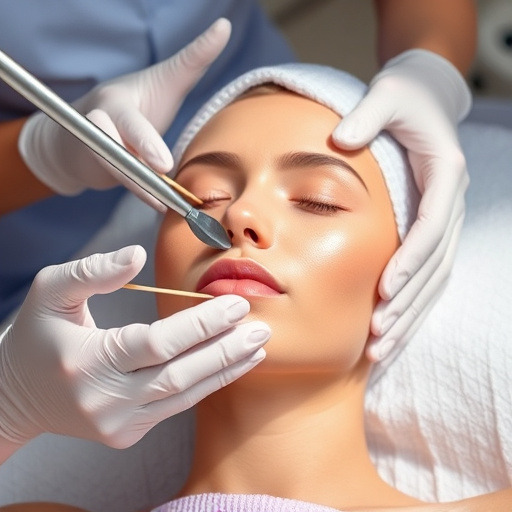
Maintaining healthy skin aging is a proactive approach to preventing age spot removal needs later on. While genetics play a role in skin aging, adopting certain lifestyle changes and incorporating preventative measures can significantly slow down the appearance of wrinkles, age spots, and other signs of aging. Adequate sun protection is non-negotiable; using broad-spectrum sunscreen with at least SPF 30 daily helps shield the skin from harmful UV rays that contribute to premature aging.
Regular customized facials and personalized skincare routines can also be game-changers in promoting healthy skin aging. Skincare products formulated for anti-aging benefits, such as those containing retinol or vitamin C, can help brighten and even out skin tone while reducing the appearance of age spots. Additionally, staying hydrated, maintaining a balanced diet rich in antioxidants, and practicing good skin hygiene are essential components of a holistic approach to healthy skin aging that complements any age spot removal treatments.
When it comes to advanced age spot removal, dermatologists recommend a multi-faceted approach. Understanding the causes of age spots is key, and combining topical treatments with dermatologist-approved techniques can significantly enhance results. Additionally, preventative measures like sun protection and healthy skin care practices are vital for slowing down the formation of age spots. By implementing these strategies, you can effectively manage and reduce the appearance of age spots, achieving a smoother, more youthful complexion.
